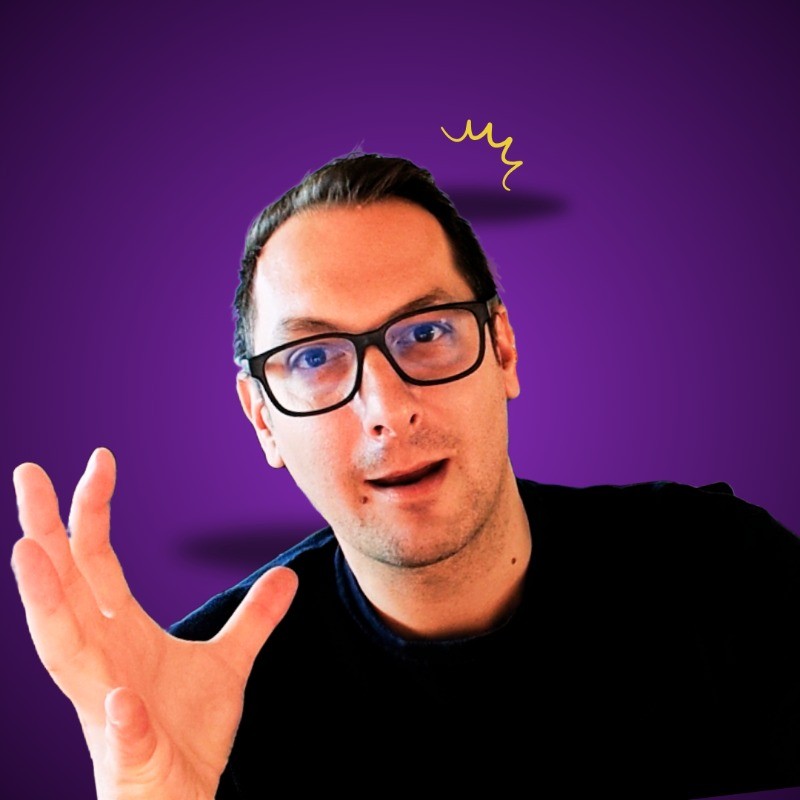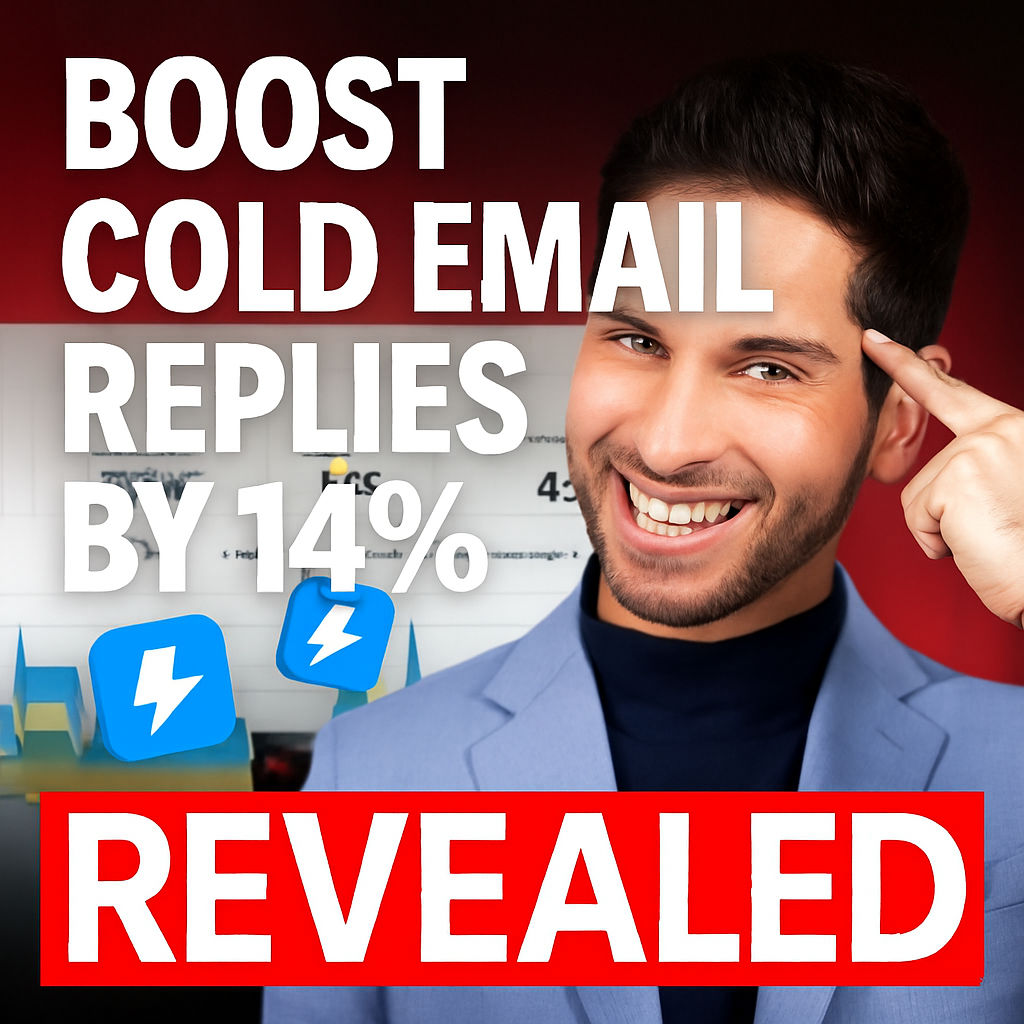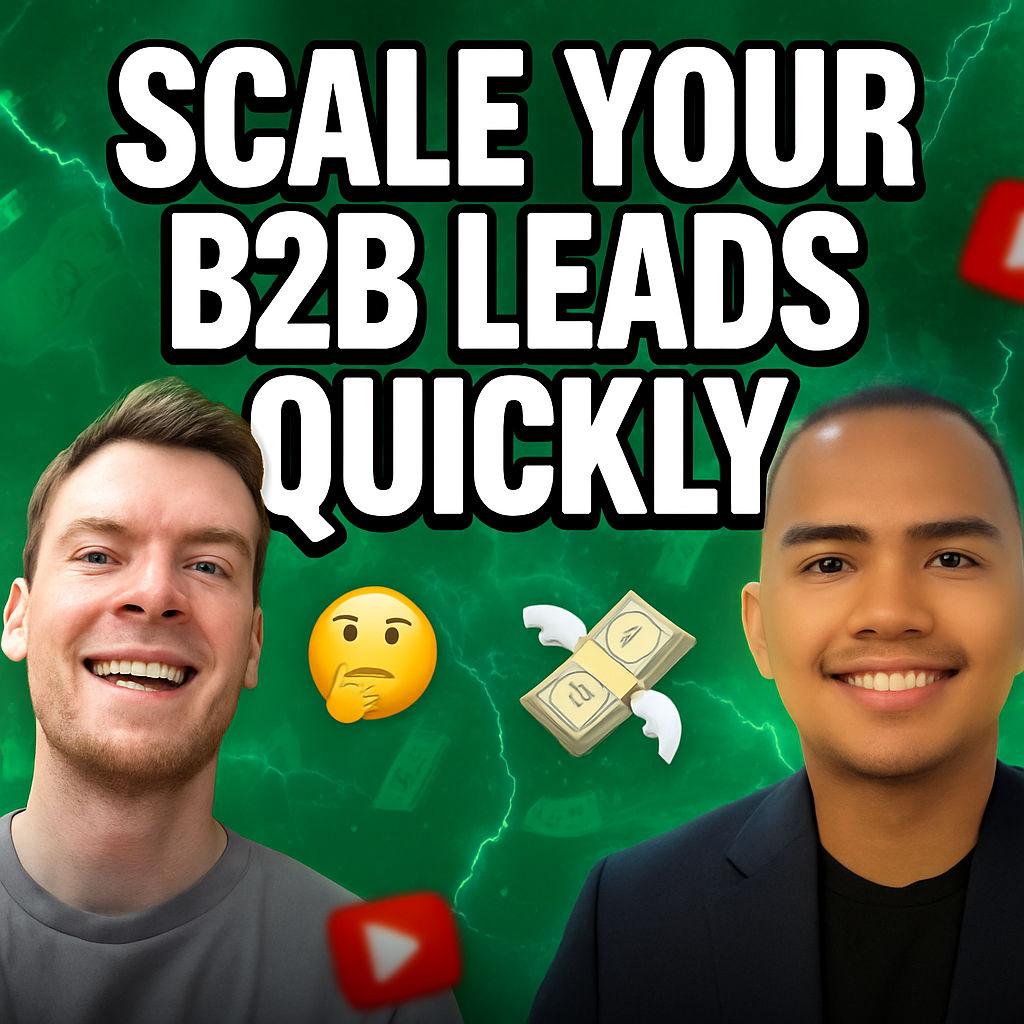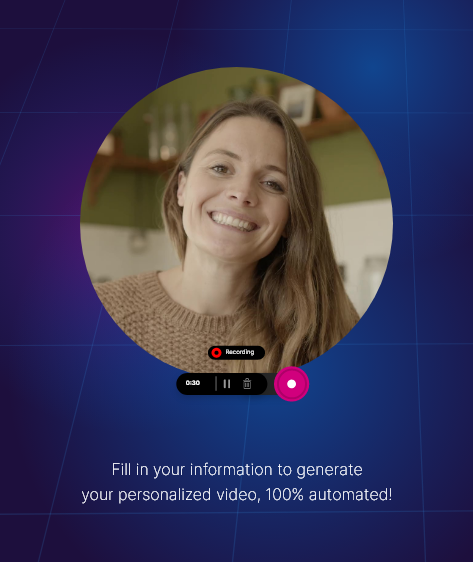The rise of AI has irrevocably altered the career landscape, and in 2025, leveraging your personal brand has become the single most important factor in standing out. While artificial intelligence is making countless jobs more accessible—and even automatable—what truly distinguishes you is not your skillset alone, but the story and values behind your brand. Building a personal brand isn’t just a creative exercise; it’s a business imperative that combines your unique experiences with strategic use of AI to make you unforgettable and successful in a crowded digital world.
Based on the original video:
The 2025 Career Landscape: Why Personal Branding Is Essential
AI has reached a point where it can efficiently handle the majority of technical and creative tasks—copywriting, designing, coding, and even business strategy. This widespread adoption raises the stakes for professionals: if anyone can complete work with AI-driven tools, how do you avoid being just another face in the crowd?
The answer is simple yet profound: your personal brand. In a world where AI makes output uniform, people remember you for your beliefs, voice, and story. Consumers and clients crave authenticity—they buy into you, not just your results. Your personal brand is the bridge between skill and trust, and it’s now the foundation of any sustainable, profitable solo or entrepreneurial career.
Embracing the Paradox: AI + Human Touch
Contrary to widespread fear, AI isn’t here to take your job—rather, it’s the lever you use to elevate your unique value. The true opportunity lies in melding AI’s efficiency with your irreplicable humanity:
- Let AI handle the mundane and repetitive tasks.
- Double down on your unique experiences, stories, and insights.
- Use digital tools to scale your authentic message, not just your labor.
The only prerequisites: a laptop, a camera, and an internet connection. With this lean setup, anyone can launch a personal brand and command attention online.
Step One: Find Your Profitable Business Idea
One of the biggest challenges for aspiring creators or entrepreneurs is choosing a business idea. Many get stuck in endless ideation, overwhelmed by options and paralyzed by fear: “What if I fail?” “What if I’m not good enough?” “What if I succeed but then hate it?”
Reframing Failure on the Entrepreneurial Path
Instead of seeing each business idea as a make-or-break endeavor, treat it like a project or experiment. Each attempt provides learning—ultimately, the only way to fail is to give up. Accepting this reframes setbacks as steps forward, rather than dead ends.
The speaker shares their journey: from travel vlogging (which earned no revenue) to tapping into their sales background, earning the first $1,000 by sharing real expertise. Persistence—more than perfect planning—is the deciding factor.
What Do Audiences Actually Pay For?
It’s a common myth that audience size alone drives revenue. Some creators amass millions of followers but struggle financially, because their content (like comedy skits or pranks) attracts attention but not high-ticket clients.
The key? Sell services or information (consulting, coaching, courses) that directly connect your expertise to real client problems. Starting with services is often more achievable—businesses prefer hiring you to get results over purchasing a course from someone with little online credibility.
The “Ikigai” Method for Business Clarity
The Japanese concept of ikigai (your reason for being) helps pinpoint a business idea that is sustainable and profitable. Ask yourself:
- What do I love?
- What does the world need?
- What can I be paid for?
- What am I actually good at?
The intersection of these answers is your best bet for lasting success. AI tools like ChatGPT can help brainstorm endless ideas, refine your direction, and point you toward the most lucrative overlap of skills and market needs.
How to Use AI to Accelerate Your Personal Brand Journey
Whether you’re evaluating potential business models or refining your offer, AI is your powerful brainstorming partner. You can prompt ChatGPT to analyze your experiences and suggest business directions tailored to your strengths and desires. Here’s a practical workflow:
- List what you love, what you’re good at, what the world needs, and what can be monetized.
- Prompt AI to generate a set of business ideas that combine these qualities.
- Don’t settle on the first draft; ask for more ideas or refine until you find a clear, motivating direction.

For example, you might receive ideas ranging from coaching people on building their own brands, to launching a mastermind that focuses on digital persuasion and communication skills. AI can suggest niches you hadn’t considered, and help you articulate your “one-liner”—the cornerstone of your new brand’s message.
Services vs. Info Products: Where Should You Start?
When monetizing your personal brand, there’s a spectrum:
- Services (agency, freelancing, coaching done-for-you): quickest path to cashflow with little online track record.
- Info Products (courses, consulting, group programs): more scalable, but require authority and trust.
A hybrid approach works best. Offer a service with personalized coaching—giving clients both immediate results and transferrable skills. Charge $2,000–$5,000 up front, a common (and accepted) price range in today’s booming digital education market. As your authority grows, transition more effort toward scalable info products.
The Creator Ascension Path
- Start: Get paid for what you do (skills or services).
- Next: Get paid for what you know (coaching, consulting, products).
- Ultimate: Get paid for who you are (speaking, sponsorships, appearances).
How to Monetize a Personal Brand—Even with a Small Audience
Monetization doesn’t depend on follower count—it depends on authority and relevance. With the right offer and a clear strategy, even a 100-person audience can yield your first high-ticket client. Start monetizing early, not “someday” when you hit a large milestone.
There are just two critical questions:
- How do people discover you? (e.g. YouTube, LinkedIn, Twitter, cold outreach).
- How do you convert those eyes into dollars? (clear call to action, compelling offer).
Don’t obsess over perfecting your service before you have clients. Sales come first—delivery improves with experience. Many successful programs begin as outlines or PDFs; value is perceived in the solution, not the polish.

If you’re looking for further insights on mastering modern growth channels, check out LinkedIn Growth 2025: Strategies That Work. This resource explores effective strategies for leveraging LinkedIn’s evolving algorithm to increase organic reach and lead generation—an invaluable channel for anyone building a business-oriented personal brand.
Selecting the Best Platform for Growth
Your ideal platform depends on where your audience spends time and how your content aligns with their consumption habits. With AI’s help, you can select the highest-leverage channels based on data, not guesswork.
For business and professional offers, YouTube (long-form and shorts) and LinkedIn stand out. YouTube excels for discovery and deep dives, while LinkedIn is powerful for peer networking and finding higher-income clients. However, every platform has unique advantages for different niches—X (Twitter) is ideal for designers, for example, because clients can instantly see your work and DM you.
Content Strategy: Value Videos vs. Viral Videos
Balance is key. Use two core content types:
- Sales-focused content: Deep dives, tutorials, and real stories that target your ideal customers. These fuel conversions, even with modest view numbers.
- Exposure content: High-appeal, potentially viral videos that introduce new audiences to your world. These may not directly sell, but they fill the funnel.
Build expertise in both, and remember: a small but engaged audience is often more lucrative than millions of casual viewers.
Why Perception and Content Packaging Matter
In the game of personal branding, perception beats reality. People are more likely to trust and buy from those who appear successful and credible, regardless of actual expertise. The messenger is as important as the message, especially in the crowded online education space.
The speaker’s own experience in the tech sales niche illustrates this. Though he had only a couple of years of experience, he succeeded by making content that resonated and “felt” credible through high-quality packaging—while more experienced but less visible competitors struggled in obscurity.

Don’t worry if you aren’t the top expert in your field. You only need to be one step ahead of your audience to provide value. “Comparison paralysis” leads nowhere; action and iteration always outperform waiting for perfection.
The Messenger vs. The Message: What Actually Gets Views and Sales?
Why should someone choose your content when AI and the internet have democratized every script and fact? Because they connect with you. AI can generate information, but only you can supply personal stories, emotion, and a unique narrative that sticks.
Pay attention to:
- Visuals & environment: A professional-looking backdrop, quality lighting, and on-brand styling make a huge difference in perceived authority—even if you don’t upgrade your equipment.
- Tonality & confidence: The way you present and communicate is vital to trust-building. If you sound unsure, your advice may not land, no matter how valuable.
- Content structure: Packaging always matters—thumbnail, title, and the first 30 seconds determine if your content is seen at all.
For continual improvement, run your content and setup through AI for feedback and optimization. Even minor changes to your video background or delivery style, as suggested by AI tools, can raise your professionalism from 6/10 to 9/10.
Overcoming the Dip: Persisting Through the “Invisible” Phase
Most new content creators and entrepreneurs face “the dip”—weeks or months where effort seems fruitless, with negligible views, growth, or results. This is where over 90% give up, never publishing more than a handful of pieces or hit “record” at all.
Persistence is the only hack that matters. The speaker highlights putting out dozens of low-view videos for months before seeing traction. Now, a single month brings more results than his entire first year. Thanks to AI-powered algorithms and better data, reaching this inflection point is faster than ever—if you stick with it, keep improving, and let feedback drive your evolution.
Key takeaways for resilient personal brand builders:
- Expect initial challenges—views and revenue will be low at first.
- Iterate on content, presentation, and offer using both AI and audience feedback.
- The only way to lose is to stop trying; success is inevitable if you refuse to quit.
FAQ: Building & Monetizing a Personal Brand in 2025
Why is personal branding more important than ever with the rise of AI?
AI has automated many technical skills, but it cannot replace authenticity, personal stories, or human trust. Your personal brand is what differentiates you and attracts loyal audiences—especially as AI commoditizes “skills” and output.
Summary: Personal branding is your ultimate competitive advantage in an AI-driven world.
What is the quickest way to monetize a personal brand from scratch?
The fastest route is to package your skills as a service, then sell high-ticket offers ($2K–$5K+) with a clear value proposition. Focus on selling and delivering value first, then refine and scale the service into info products as your credibility increases.
Summary: Start with services; monetize immediately, even with a small following.
How can AI help with business ideation and content creation?
AI tools like ChatGPT can generate business ideas, help articulate your “ikigai,” and provide actionable feedback on your offers, content scripts, or even personal style, accelerating your journey and making refinement easier than ever.
Summary: Use AI for brainstorming, feedback, and optimizing every aspect of your digital presence.
Do you need a large audience to attract high-paying clients?
No. Authority, clarity, and relevant offers matter more than follower counts. Even small audiences can deliver significant revenue if you solve real problems for real people—and communicate your value effectively.
Summary: Quality trumps quantity; small engaged audiences can deliver big results.
What platform should you focus on to build your brand?
Your ideal platform depends on your audience and offer. YouTube and LinkedIn remain powerful for professional and business-focused content, while platforms like Twitter/X excel in design or tech niches. AI can help analyze and recommend your best fit based on your ikigai and goals.
Summary: Align your platform choice with your content style and target audience using AI insights.









